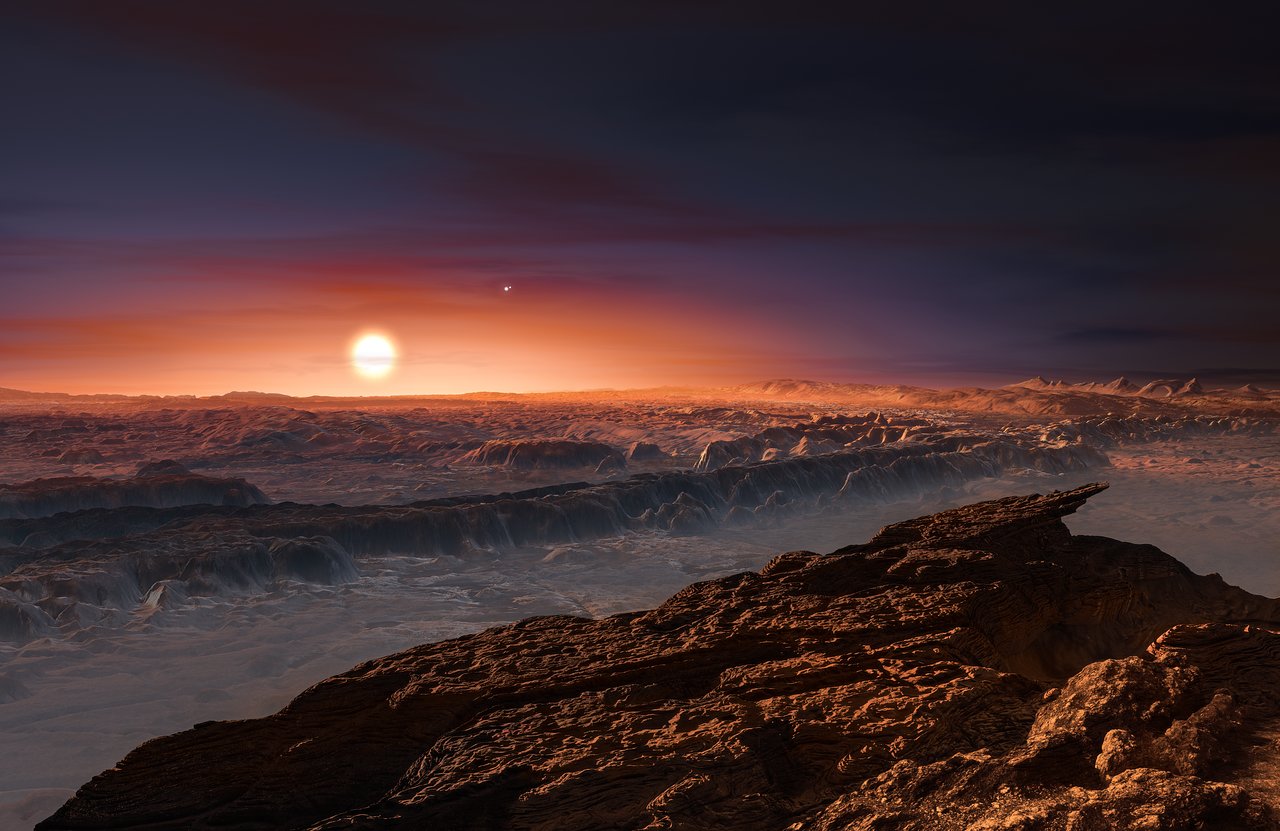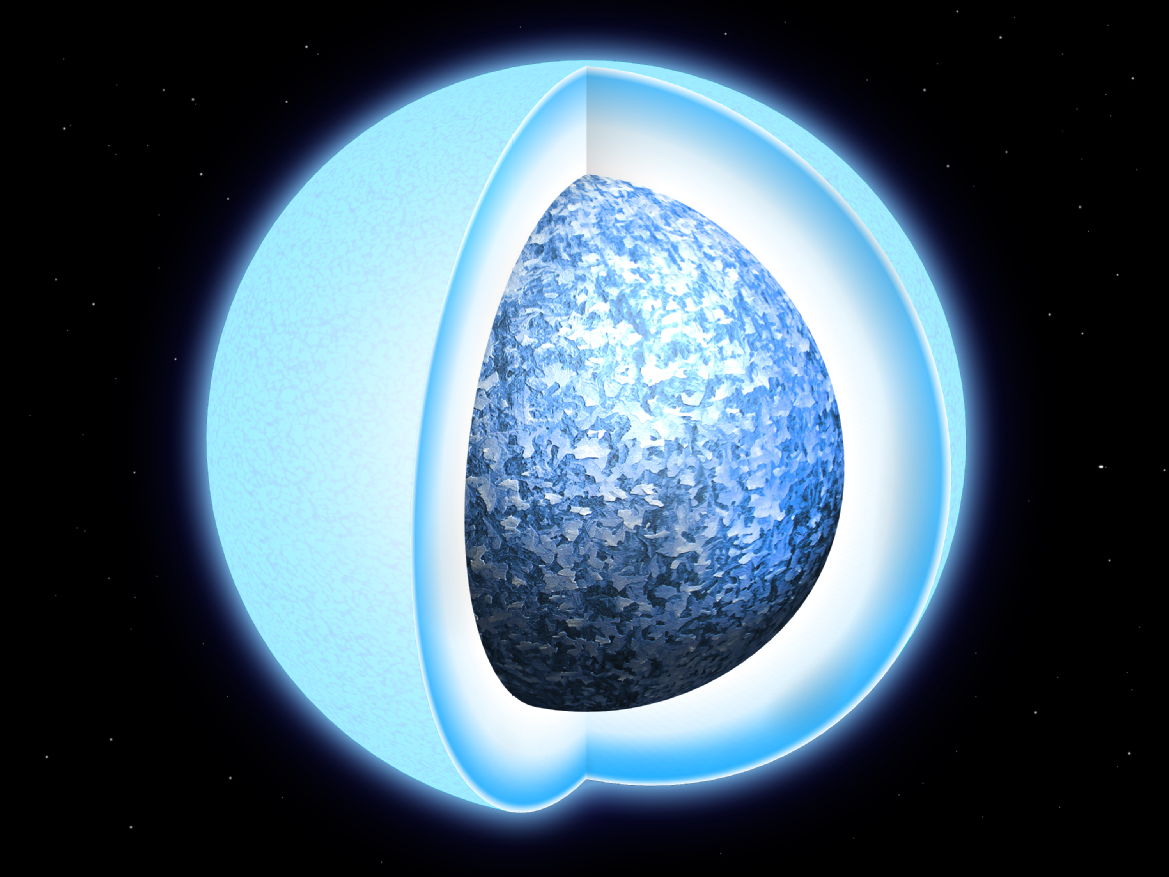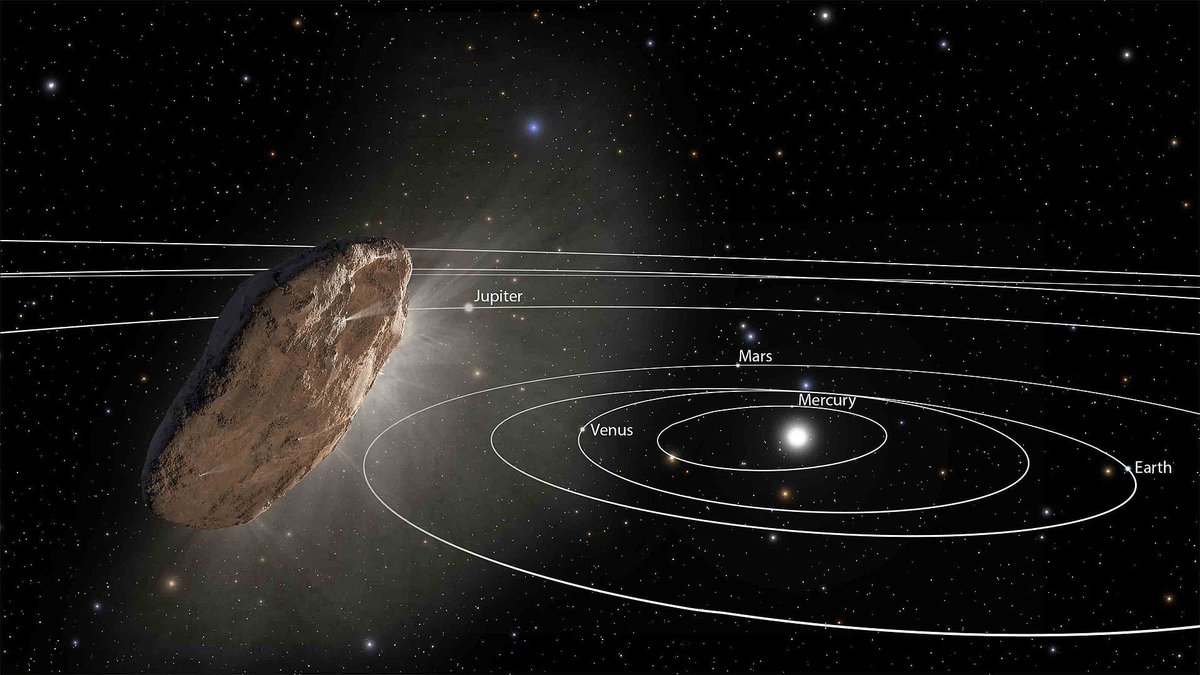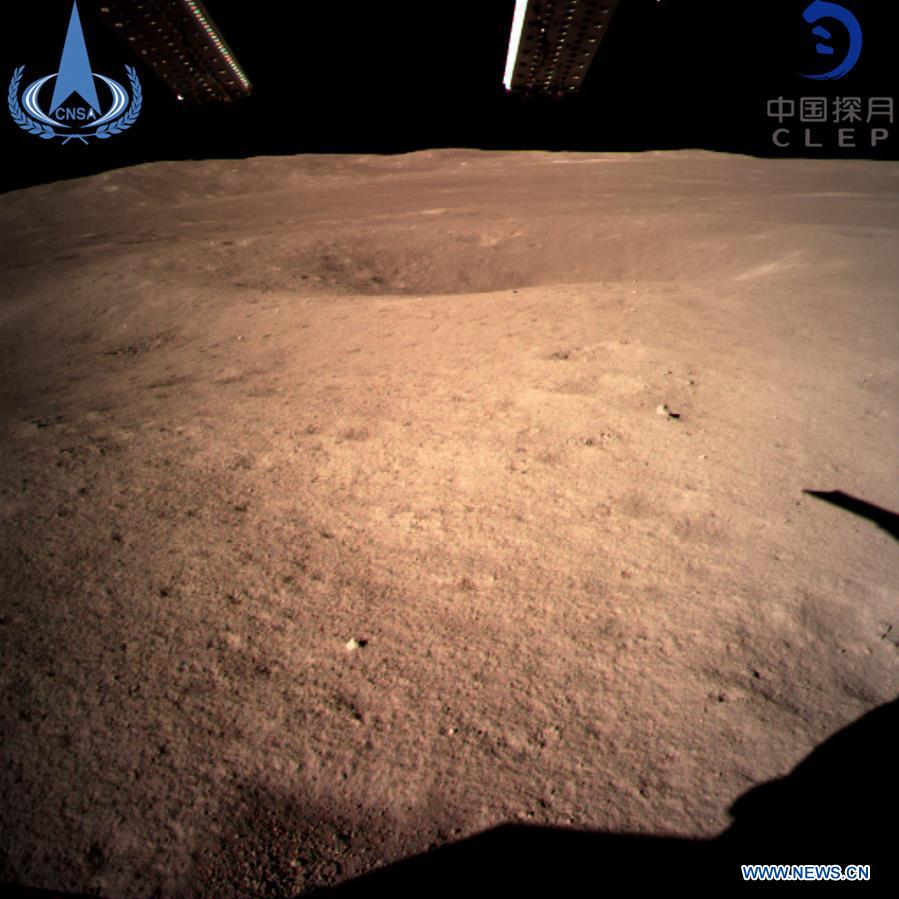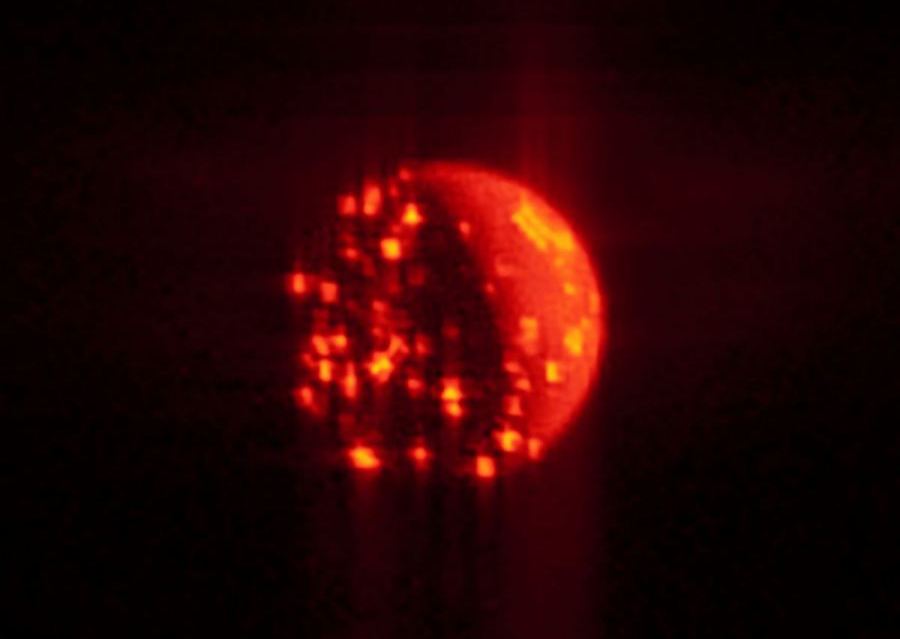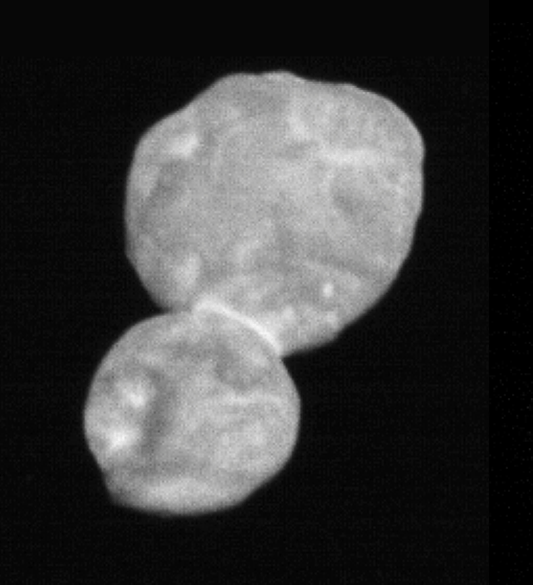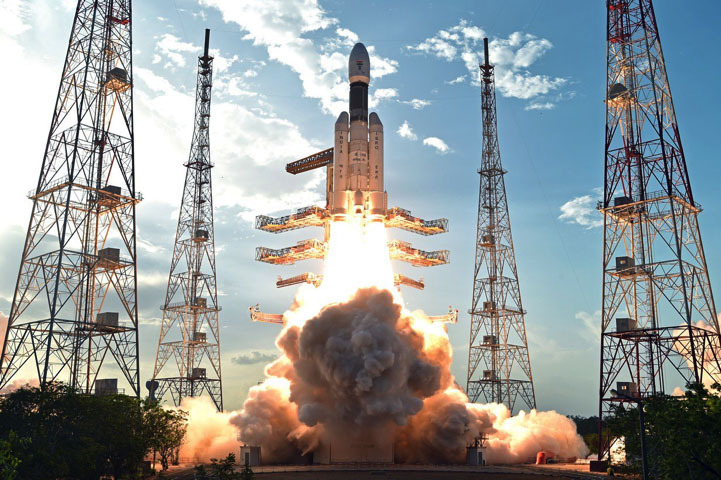In recent years, the number of extra-solar planets discovered around nearby M-type (red dwarf stars) has grown considerably. In many cases, these confirmed planets have been “Earth-like“, meaning that they are terrestrial (aka. rocky) and comparable in size to Earth. These finds have been especially exciting since red dwarf stars are the most common in the Universe – accounting for 85% of stars in the Milky Way alone.
Unfortunately, numerous studies have been conducted of late that indicate that these planets may not have the necessary conditions to support life. The latest comes from Harvard University, where postdoctoral researcher Manasvi Lingam and Professor Abraham Loeb demonstrate that planets around M-type stars may not get enough radiation from their stars for photosynthesis to occur.
Continue reading “Habitable Planets Around Red Dwarf Stars Might not get Enough Photons to Support Plant Life”
